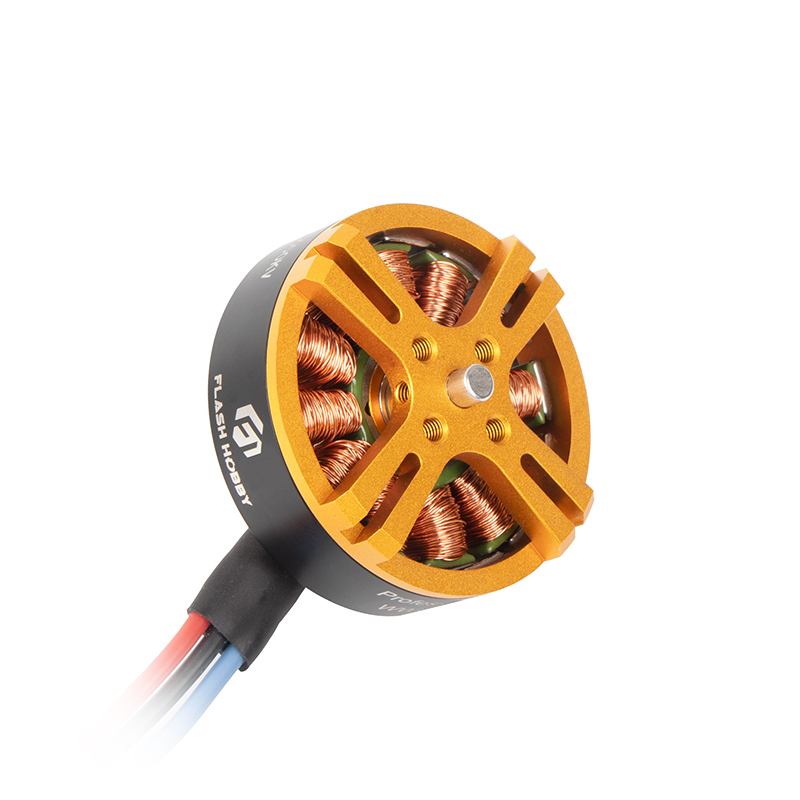Features and aspects associated with multirotor motors
2024-02-22
Multirotor motors, commonly known as drone motors, are specialized electric motors designed for use in multirotor aerial vehicles, such as quadcopters, hexacopters, or octocopters. These motors are a fundamental component of the propulsion system and play a crucial role in the stability and flight performance of the drone. Here are key features and aspects associated with multirotor motors:
1. Brushless Design:
- Most multirotor motors are brushless, offering improved efficiency, longevity, and reliability compared to brushed motors. Brushless motors provide higher power-to-weight ratios and reduced maintenance requirements.
2. KV Rating:
- The KV rating of a motor represents the revolutions per minute (RPM) per volt under no load. It indicates the motor's speed characteristics. Different KV ratings are suitable for various applications, with higher KV motors typically used for smaller propellers and faster rotations.
3. Stator Size:
- The stator size influences the torque and power characteristics of the motor. Larger stators generally produce more torque, making them suitable for applications requiring higher thrust, such as lifting heavier payloads.
4. Configuration:
- Multirotor motors come in various configurations, including quadcopter (four motors), hexacopter (six motors), and octocopter (eight motors). The specific configuration depends on the type and size of the multirotor drone.
5. Thrust-to-Weight Ratio:
- Achieving an optimal thrust-to-weight ratio is crucial for stable flight performance. The motor's thrust output should be sufficient to lift the drone and any attached payload.
6. Power Rating:
- The power rating of the motor is measured in watts and indicates how much electrical power the motor can handle. Choosing a motor with an appropriate power rating ensures reliable performance and prevents overheating.
7. Construction Material:
- Multirotor motors are typically constructed with lightweight and durable materials, such as aluminum or other alloys. The materials used impact the motor's weight, efficiency, and overall durability.
8. Cooling Features:
- Some motors incorporate cooling features, such as fins or additional ventilation, to dissipate heat generated during operation. Efficient cooling helps maintain optimal performance and extends the motor's lifespan.
9. Compatibility with Propellers:
- Multirotor motors are matched with specific propellers to optimize thrust, efficiency, and flight characteristics. The choice of propeller size and pitch is crucial for achieving balanced performance.
10. Mounting Options:
- Motors may have different mounting options to accommodate various frame designs and configurations. The mounting pattern and dimensions should match the drone's frame for secure installation.
11. ESC (Electronic Speed Controller) Compatibility:
- Multirotor motors must be compatible with the corresponding ESCs. The ESC regulates the speed of the motor based on input from the flight controller, ensuring stable and controlled flight.
12. Low Noise Operation:
- Motors designed for drones often prioritize low noise operation, especially in applications where noise reduction is important, such as aerial photography or surveillance.
13. Quick Response Time:
- Multirotor motors are designed for quick response times, enabling rapid adjustments to the drone's orientation and maintaining stability during flight.
Choosing the right multirotor motor involves considering factors such as the drone's size, weight, intended use, and flight characteristics. It's important to select motors that match the specifications and requirements of the overall drone system for optimal performance and efficiency.



